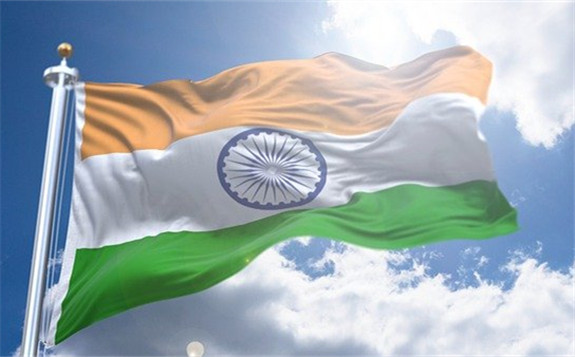A recent 251-page report by the International Energy Agency (IEA) - India Energy Outlook 2021- focuses on renewables, gas, coal and bioenergy, with barely a mention of nuclear power outside the figures and tables.

In the foreward, Executive Director Dr Fatih Birol highlight two developments - India’s success in bringing electricity connections to hundreds of millions of its citizens in recent years and “the way in which India has grasped the transformative potential of renewables, and solar in particular”.
IEA says the report’s analysis is based on a detailed review “of existing or announced energy reforms and targets” including quadrupling renewable electricity capacity by 2030, more than doubling the share of natural gas in the energy mix, enhancing energy efficiency and transport infrastructure, increasing domestic coal output, and reducing reliance on imports.
The Stated Policies Scenario (STEPS) “provides a balanced assessment of the direction in which India’s energy system is heading, based on today’s policy settings and constraints and assumed recovery from the COVID-19 pandemic in 2021. Other scenarios considered are the India Vision Case, based on a rapid resolution of the pandemic, complete realisation of stated energy policy objectives and faster economic growth than in STEPS. The Delayed Recovery Scenario assumes slower energy and economic development if the pandemic is more prolonged. The Sustainable Development Scenario explores how India could mobilise more clean energy investment consistent with a longer-term drive to net zero, while progressing other sustainable development goals.
Nuclear power is not integrated into the analysis of the report, which focuses heavily on renewables, gas and coal. It is not mentioned at all in the executive summary, chapter 1 (Energy in India Today), chapter 2 (Urbanisation and Industrialisation in India), or chapter 4 (Implication for India and the World).
IEA notes in the executive summary: “India is already a global leader in solar power – and solar combined with batteries will play a massive part in India’s energy future. But India will need a whole host of technologies and policies to chart this new path. As new industrial sectors emerge and clean energy jobs grow, India will also need to ensure that no one is left behind, including in those regions that are heavily dependent on coal today.”
Chapter 1 has lengthy sections analysing oil, natural gas, solar & wind, and “other technologies and fuel” (storage, bioenergy, hydrogen).
However, nuclear gets a brief paragraph in chapter 3 (Fuels and Electricity in India). It notes: “There are also capacity additions in the STEPS from other low-carbon generation sources, notably nuclear and hydropower. India has a total of six nuclear reactors under construction, and these will add more than 4GW to the 7GW fleet by the late 2020s. In the STEPS, India continues to expand its fleet of nuclear reactors to complement the rapid growth of renewables. As modern large-scale reactor designs move past first-of-a-kind projects, construction periods and costs are set to fall, enabling India to add more than 25GW of nuclear power capacity between 2019 and 2040.”
In Chapter 4, on implications for India and the world, IEA concludes: “Building on the insights in this report, several clean energy technology areas can be identified as pivotal for reaching net-zero emissions, all of which present opportunities in the near term.” These do not include nuclear power, but the following are listed: lithium-ion batteries; carbon capture and storage; hydrogen; material efficiency; digital innovation; and bioenergy.
However, India currently has 23 operating nuclear reactors (6885MWe) and six more under construction (4194MWe), with others planned, and nuclear currently accounts for around 2.4% of electricity generation. The largely indigenous nuclear power programme is based on small 200MWe and 700MWe pressurised heavy water reactors (PHWRs) as well as VVER-1000 units supplied by Russia.
In 2019, the Department of Atomic Energy announced that India plans to commission 21 new units, including 10 PHWRs, with a total generating capacity of 15,700MW by 2031. Kudankulam NPP is one of the largest nuclear power projects in India and is scheduled to have six Russian VVER-1000 reactors. Units 1 and 2 are in operation, units 3 and 4 are under construction and units 5 and 6 planned with preparatory works in progress. Negotiations are underway with Russia for additional nuclear power plant sites.